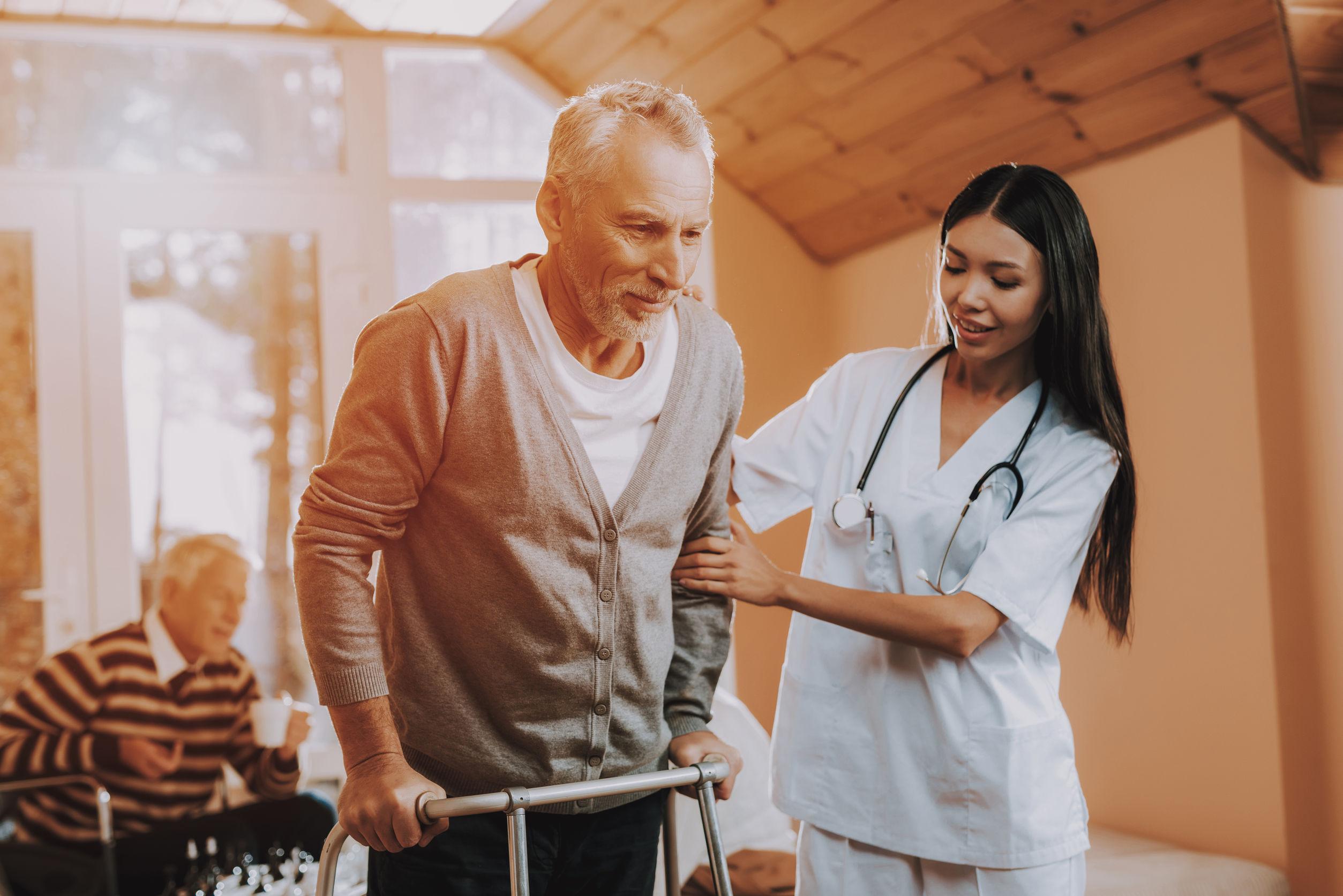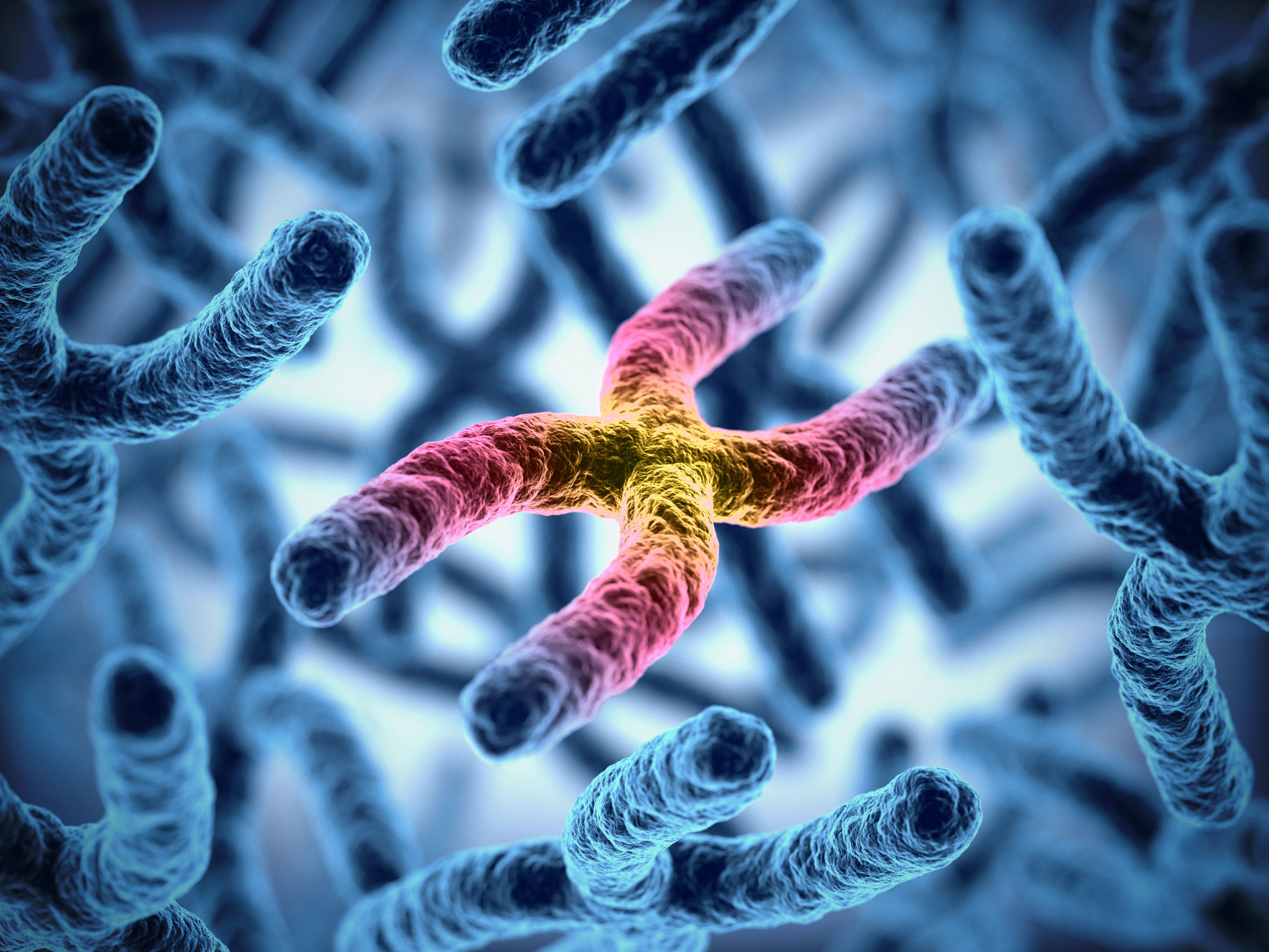How to Prevent and Alleviate Spinal Degeneration
How to Prevent and Alleviate Spinal Degeneration Spinal degeneration refers to any breakdown or structural change in our spinal discs and vertebrae. The degeneration is virtually always the result of our chronic muscle tension, posture, and how we move and use our body on a regular basis. Spinal degeneration can occur at any age, [...]








